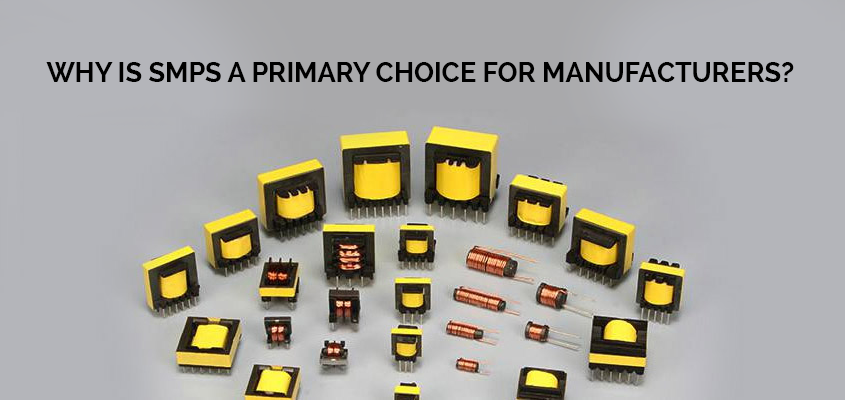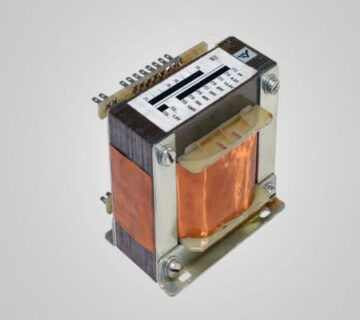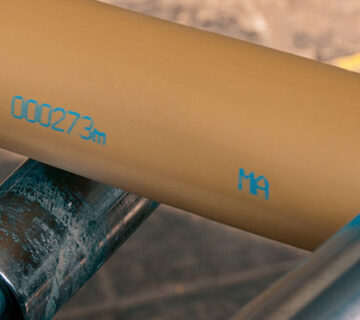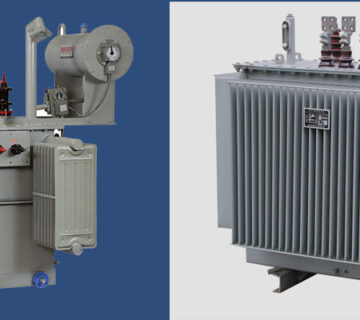SMPS or Switched Mode Power Supply transfers electric power from a source to the load efficiently using a switching regulator by converting the characteristics of current and voltage. It incorporates a Pass transistor that switches very fast between the on and off states to minimize energy waste. It regulates the output power by varying the on to off time using minimum voltage so that the efficiency is very high. Moreover, it provides a well regulated power to the load irrespective of input variations.
What are the components of SMPS?
An SMPS has four main components – input rectifier, inverter, voltage converter and output regulator. The input rectifier rectifies the AC input from mains to converts it into DC. It consists of a full wave diode bridge or module that produces unregulated DC voltage to the smoothing capacitor. The inverter converts the rectified DC into AC using a power oscillator, which has a small output transformer with a few windings. The output AC voltage is isolated from the input AC by using an Optocoupler IC for safety reasons.
What are the advantages and disadvantages of SMPS?
The biggest advantage of SMPS is greater efficiency because the switching transistor dissipates little power when it is outside of its active region. SMPS have an efficiency of 68 to 90% regardless of the input voltage, thus reducing heat sink size and cost. The power transistors within the switching supply operate at their most efficient points of operation, saturation and cut-off, thus they can deliver many times their power rating to the load, meaning that lower power packages can be used. The output voltages are independent of the input voltage, which means that the input voltage can vary above or below the level of output voltages without affecting the supply’s operation. This higher efficiency lets the SMPS to run much cooler and draw lesser current.
Earlier, the amps of high power were quite heavy in older power adapters. The main factor of the increase in weight was the iron in the manufacture. Earlier, transformers had to be large in order to avoid saturation at the 50-60Hz frequency of the AC supply, which resulted in poor performance at a lower frequency range. But, in case of SMPS, they are small in size and light weight because the frequency of operation of magnetic components is far greater than line frequency.
SMPS generate low heat. The amplifier in SMPS wastes very little power in the form of heat because most of the incoming AC power is converted to amplifier output power. The switching transistors produce no current when they are switched off, and produce no voltage when they are switched on, so they generate very little power as heat.
Disadvantages of SMPS include high amplitude generation, high-frequency energy and greater complexity. The design of SMPS is very complicated and time-consuming. Due to its complicated circuitry, it has very less chances of being repaired in case of a failure due to the specialized nature and costs.
However, because SMPS have a number of advantages as compared to disadvantages, these types of adapters are the primary choice for most manufacturers. Because these transformers are very reliable and can last for years, this small disadvantage is overlooked by manufacturers. In short, you can get clean efficient power for your electronics in a light and efficiently designed package with SMPS. You can get in touch with Miracle Electronics, a leading SMPS transformer manufacturer in India, if you are looking for the finest products made of superior quality components.




